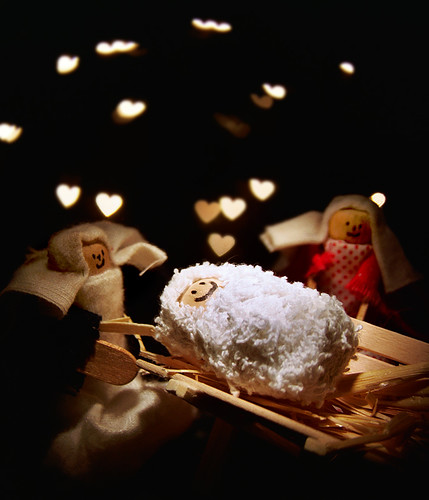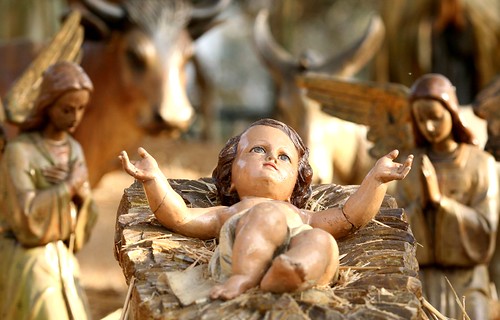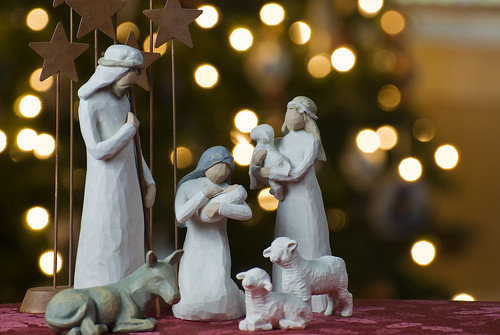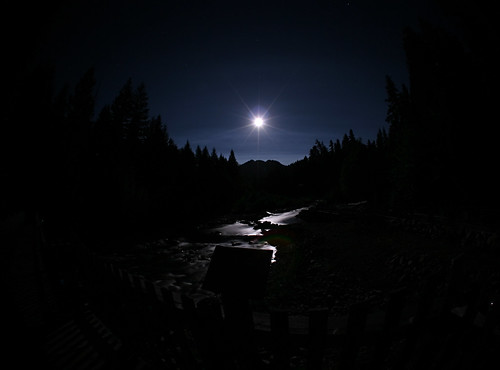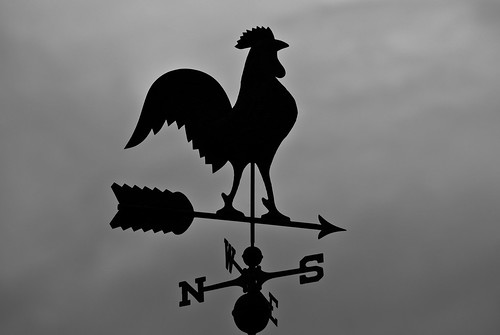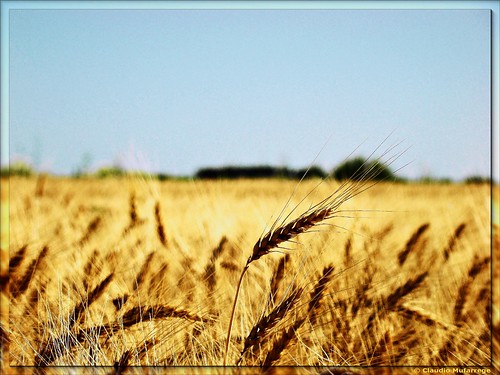This is a document used at a staff meeting (primary) to agree on a form, class teachers will use to record differentiation and interventions used in Irish ‘over time’.
Below is the form that resulted from this ‘brainstorming’. This form can be included in the documentation that accompanies an application for an Irish exemption.
Though most schools will differentiate and intervene in similar ways there may be variations from school to school so an opportunity at a staff meeting, to talk about what might be included in this form would be useful.
As part of the new procedures for applying for an Irish exemption, we are to include a ‘paper trail’ indicating that
Class and SEN teacher have provided
– documentary evidence that the student presents with significant learning difficulties that are persistent despite having had access to a differentiated approach to language and literacy learning in both Irish and English over time are held by the school
i.e. Student Support Plans detailing
‘regular reviews of learning needs as part of an ongoing cycle of assessment,
target-setting,
evidence-informed intervention and review,
including test scores (word reading, reading comprehension, spelling, other scores of language/literacy) at key points of review.’
The student’s Student Support File (also called the Continuum of Support) will already have details of this in English – but not in Irish.
In order to put together a tick box list of differentiation/interventions/targets could we brainstorm in groups (at our class levels: Infants, 1st&2nd,3&4th, 5&6th ) answers to the following questions? LS teachers could work with the group they work most with.
- What accommodations do we put in place for a child who is struggling in Irish?
(a) differentiation
Level
Teaching style
Modifying Task
Modifying Pace
Following student’s interest
Level of Support
Resources
Response required from student.
(b) interventions
(c)targets i.e. what are our objectives with a child who finds Irish hard? What can we expect?
(d) Do we test? If so how?
This is a form that was devised at a staff meeting (Primary) that records differentiation and interventions in Irish ‘over time’ as evidence of this is required when an application for an Irish exemption is received. We will begin using this in January, and will refine it as we use it. So it is very much still in draft form.
XXX’S NS, NEWTOWN, COUNTY XXX
CHECKLIST FOR RECORDING THE DIFFERENTIATED APPROACH THAT WAS USED WITH THIS STUDENT IN IRISH, OVER TIME – IN ACCORDANCE WITH CIRCULAR 0052/2019
With regard to an application for an IRISH EXEMPTION (to be added to STUDENT’S SUPPORT FILE)
| Name of pupil | Class |
Accommodations in place for student:
| 1. | Differentiation – What has been tried? | Print ‘Yes’ where applicable |
| a) | Level
Teacher teaches to the middle & differentiates up & down. Different textbook used Same book but different expectations |
Yes
No Yes |
| b) | Teaching style
Extra instruction Over teaching Repetition Teacher models answers Teacher scaffolds oral responses |
Yes Yes Yes Yes Yes |
| c) | Modifying Task
Tasks simplified Focus on oral Irish Repetition & practice, Less output (written) expected Teacher models written response Assistance given with cloze exercises |
Yes
Yes |
| d) | Modifying Pace
Expectation of less written output Revision & repetition |
Yes |
| e) | Following student’s interests
e.g. mé féin Irish music & songs, activities & games |
Yes |
| f) | Level of Support
Teacher one to one Pair/group work Peer support/coaching |
Yes Yes Yes |
| g) | Resources
‘Bua na Cainte’ ‘Abair Liom’ (lots of useful lists at back of book) Fónaic na Gaeilge Online resources Other: |
|
| h) | Response required from student
Lower order questions in written work Lower order questions answered orally |
|
| 2. | Interventions
Focus on Oral Irish Lower level text book used Same book but different expectations Peer tutoring |
|
| 3. | Targets What are our objectives with this student who finds Irish hard?
That he/she have an appreciation of the Irish language and culture and that they enjoy Irish. That he/she continues to have opportunities to practice oral Irish, sing Irish songs, play games and activities in Irish. |
Yes
Yes |
| 4. | Assessment
Teacher observation In class feedback Photocopy examples of written work/evidence in textbook or copybook. |
Yes
Yes |
If practical, please scan a photocopy of the earliest example of the student’s written work in Irish from this year and a recent one and add this to this student’s file.
| 5. | Additional information:
e.g. X is experiencing significant difficulty in English as his test results show. Despite differentiation in Irish and intervention, he is also struggling in Irish. This is affecting his confidence. I feel he would benefit from an Irish exemption so that he could use the time to concentrate on English. I am happy that he will participate in Oral Irish and activities in Irish as I feel this is of benefit to him.
|
Signed: Class Teacher Date:





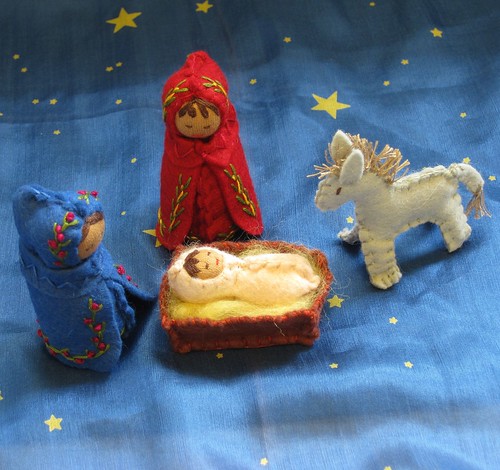
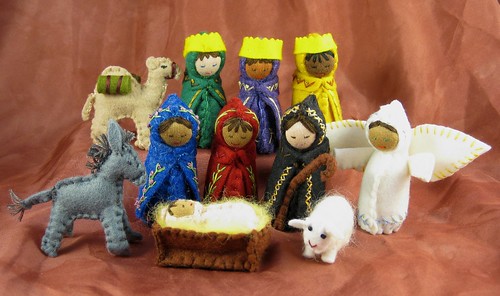

![noise [5:52] noise [5:52]](http://farm8.staticflickr.com/7314/12271420383_3291d2dc13.jpg)


